by Michael R. Allen
The recommended facilities management plan for the St. Louis Public Schools prepared by MGT of America does not address one of the district’s main problems — the cycle of deferred maintenance. While the consultants have acknowledged the need for an aggressive maintenance plan in public statements, the recommendations revolve around closures, new construction and extensive rehabilitation. In reality, many of the district’s buildings do not need extensive work, but rather need long-delayed maintenance work. The District famously allows $10,000 problems to grow into $100,000 problems, and there is little indication that pattern will not happen again.
The media reports many myths about historic schools perpetuated by District staff and the consultants. Foremost is the notion that many schools have major lead paint problems. The consultants’ own report actually gives most of the historic schools very high HealthySEAT ratings, those ratings developed by the EPA that measure abatement of environmental toxins.
These high ratings are no coincidence. After all, betweem 1989 and 1991, the District spent $200 million on a Capital Improvement Program. That program included extensive window replacement, lead abatement and asbestos removal. In fact, the work was so thorough that preservationists became alarmed at potential threats to historic features, and forged a wonderful working partnership with the District and its architects, McCarthy-Fleming. The resulting work elevated the conditions of dozens of school buildings while ensuring that new windows were historically accurate. In many cases, new wooden windows were placed on the front and side elevations with aluminum windows on the rear elevation.
Hence, the windows one sees on the District’s historic schools are actually less than twenty years old. The wooden windows are replicas, not lead-painted old ones. The trouble is that the District has not done a good job of upkeep, leaving paint to flake. With the Capital Improvement Program a distant memory, the flaking paint alarms those who do not know the truth.
 The windows — and some doors — of McKinley Classical Junior Academy sat 2156 Russell Boulevard in McKinley-Fox are a great example of the problem. Built in 1902 as a high school and designed by William B. Ittner, the school’s windows were completely replaced during the Capital Improvement Program. That is not very obvious now. Not only are the sashes, sills and brick molds in need of paint, some entire sashes are missing and replaced by plywood!
The windows — and some doors — of McKinley Classical Junior Academy sat 2156 Russell Boulevard in McKinley-Fox are a great example of the problem. Built in 1902 as a high school and designed by William B. Ittner, the school’s windows were completely replaced during the Capital Improvement Program. That is not very obvious now. Not only are the sashes, sills and brick molds in need of paint, some entire sashes are missing and replaced by plywood!
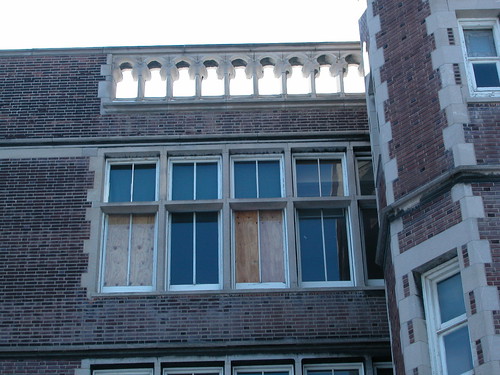 |
 |
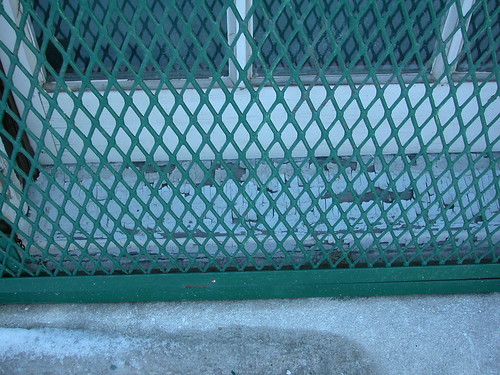 |
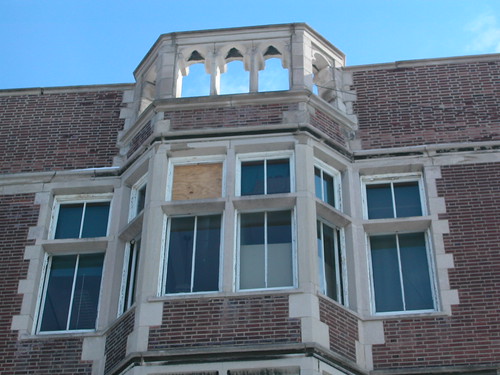 |
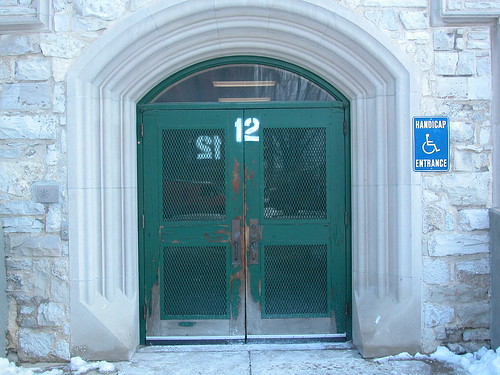 Additionally, limestone on a front window bay is spalling, probably due to inappropriate mortar used to repoint its joints.
Additionally, limestone on a front window bay is spalling, probably due to inappropriate mortar used to repoint its joints.
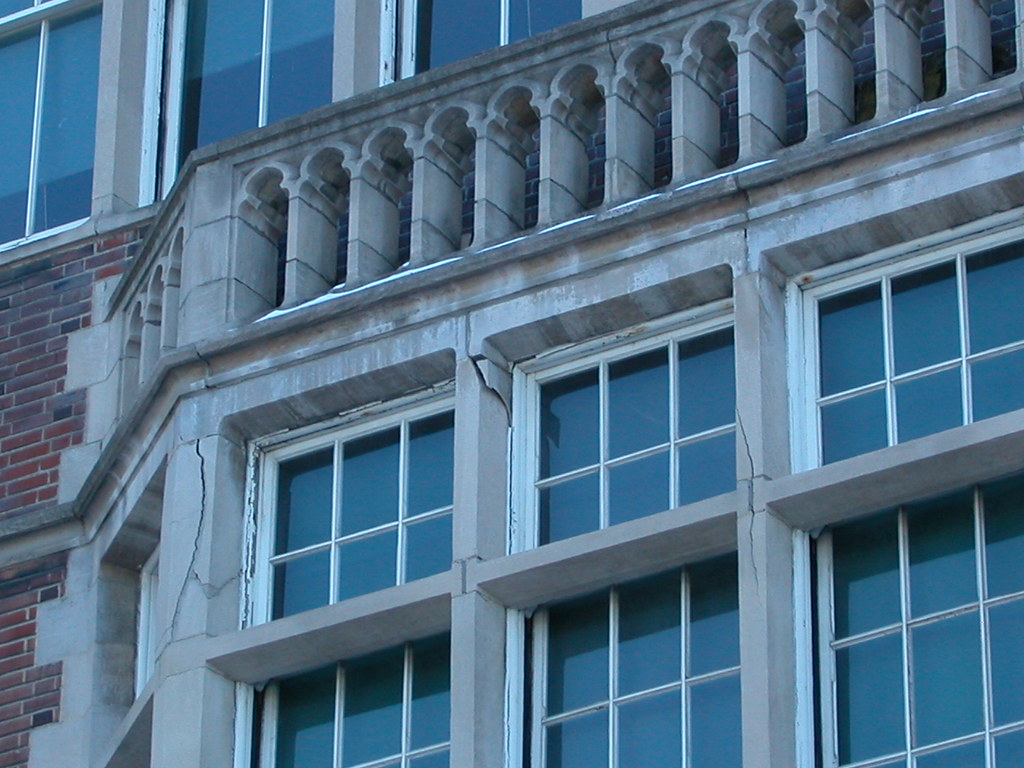
MGT of America recommends moving McKinley CJA to the current Bunche Middle School (originally Madison School), and relocating Gateway IT High School here. This move involves millions of dollars in rehabilitation. What McKinley really needs is a smaller repair program.
Perception can become reality. If the District does not maintain its investments in school repairs, the image of the schools will lead to public support for massive capital programs. Obviously, with budget deficits, the District can more easily float a bond issue for major work than find money for minor work. However, back when the District had a professional in-house maintenance staff, work was much more consistent and one did not see boarded-up windows on our fine schools. Furthermore, a facilities plan that does not include more than a promise of aggressive maintenance will lead us right back to where we keep ending up.
